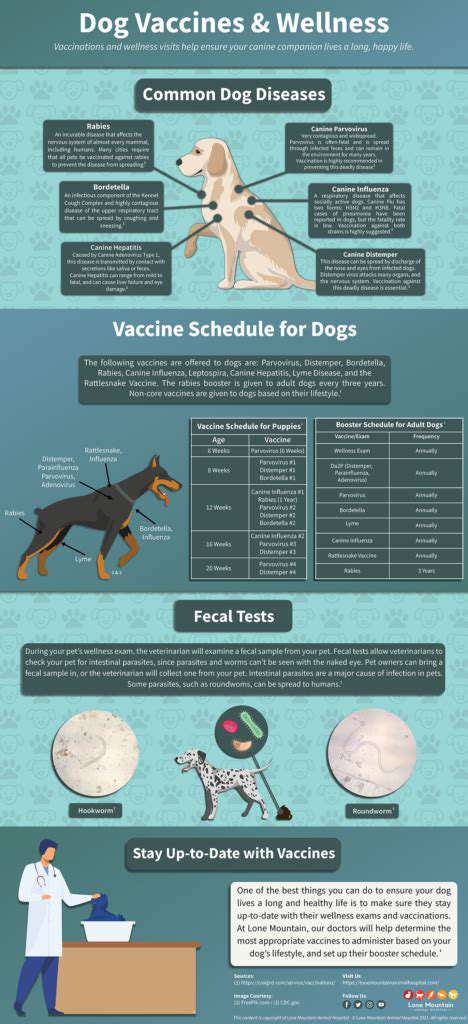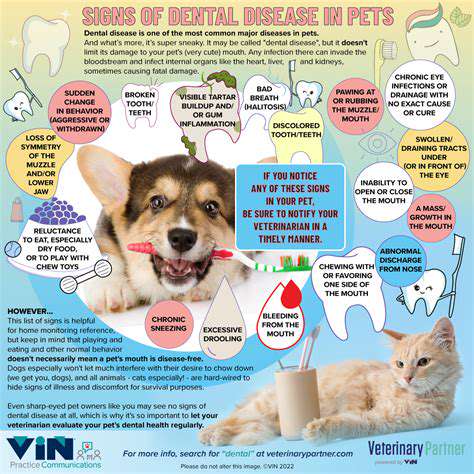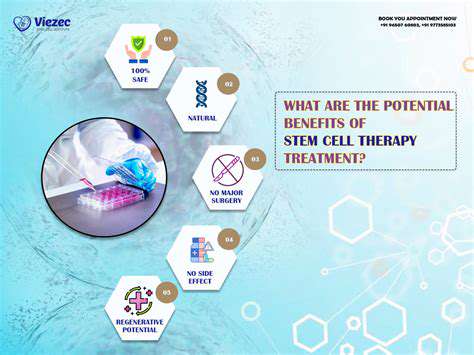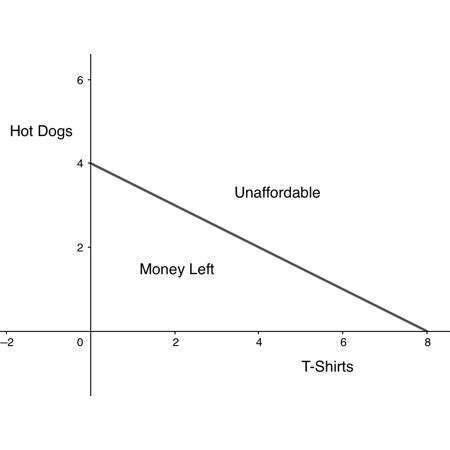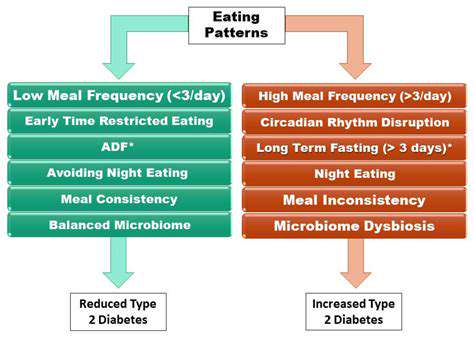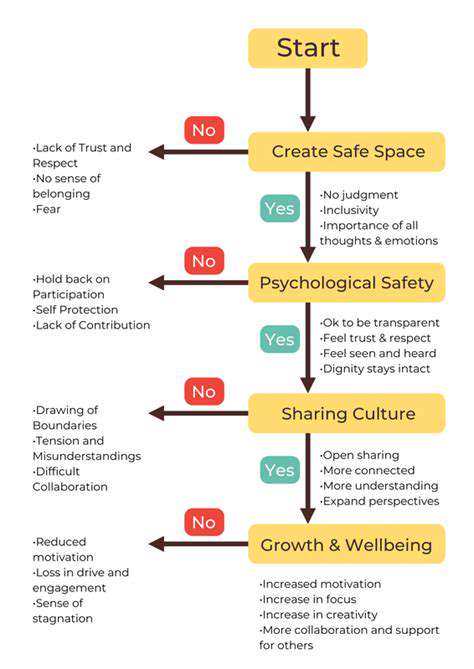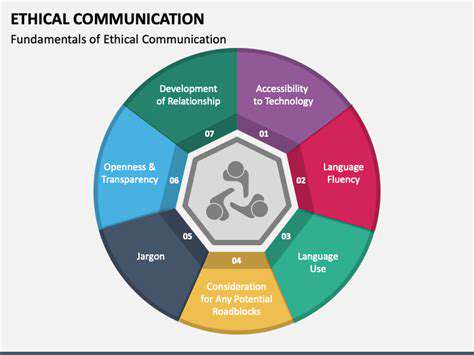Platelet Rich Plasma (PRP) for Healing in Pets
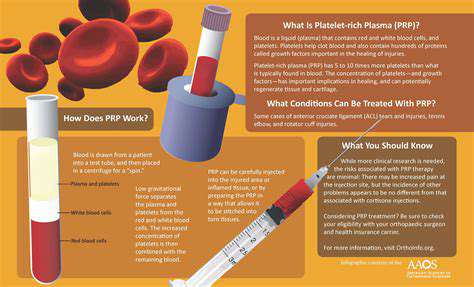
PRP Therapy for Specific Pet Conditions
PRP Therapy for Canine Arthritis
Veterinarians are increasingly turning to platelet-rich plasma (PRP) therapy to manage arthritis in dogs, particularly in older pets experiencing joint degeneration. This innovative treatment uses the animal's own blood components, concentrating platelets that naturally contain healing proteins. When administered directly into arthritic joints, these bioactive substances may help decrease swelling, encourage cartilage restoration, and enhance movement. Many pet owners report their dogs show noticeable improvement in daily activities after treatment.
Clinical observations indicate PRP injections can significantly lower pain levels in dogs with osteoarthritis. This often reduces the need for conventional pain relievers, which may cause undesirable side effects when used long-term.
PRP for Chronic Wounds in Felines
Feline patients struggling with non-healing wounds present a unique veterinary challenge. PRP therapy has emerged as an effective solution, harnessing the cat's biological healing capacity to mend stubborn injuries. This approach proves particularly valuable for cats with weakened immune responses or those recovering from serious trauma.
The platelet concentration in PRP stimulates angiogenesis and collagen production - essential elements for proper wound healing. This natural process typically results in minimized scarring and stronger tissue regeneration, leading to quicker recoveries for feline patients.
PRP for Canine Ligament Damage
Active dogs frequently suffer ligament injuries, whether from athletic activities or accidental trauma. PRP therapy supports the healing cascade in damaged ligaments by reducing inflammation and promoting tissue repair. The concentrated growth factors may help reconstruct injured ligament structures, potentially shortening recovery periods.
In some instances, PRP treatment could eliminate the necessity for surgical intervention, providing a conservative yet effective alternative. This approach helps maintain joint stability while avoiding the risks associated with invasive procedures.
PRP for Equine Muscle Injuries
Performance horses commonly experience muscle strains that can sideline them from training or competition. PRP therapy accelerates the healing of torn muscle fibers through targeted delivery of regenerative factors. This treatment modality helps restore normal muscle architecture and function more rapidly than conventional approaches.
For competitive equine athletes, PRP can mean the difference between extended rehabilitation and timely return to peak performance. The therapy supports complete tissue regeneration, helping horses regain their pre-injury capabilities.
PRP for Canine Skin Ulcers
Persistent skin ulcers in dogs - whether from trauma, disease, or other causes - often respond poorly to standard treatments. PRP therapy jumpstarts the natural healing process in these stubborn wounds by delivering concentrated healing factors directly to affected areas. This approach promotes cellular regeneration while controlling inflammation.
PRP for Small Animal Joint Issues
Pocket pets like rabbits and guinea pigs can develop debilitating joint problems that are difficult to treat. PRP offers a minimally invasive solution that may reduce pain and improve mobility in these small patients. The therapy stimulates joint tissue regeneration while minimizing systemic effects.
While research in small animal applications continues to evolve, preliminary findings suggest PRP could revolutionize joint care for these delicate patients who often don't tolerate traditional surgical options well.
PRP in Veterinary Dentistry
Emerging applications of PRP in veterinary oral care show promise for post-surgical healing and periodontal disease management. The concentrated growth factors may enhance tissue regeneration following dental procedures, potentially offering better outcomes than conventional approaches.
Potential Benefits and Considerations for PRP Therapy
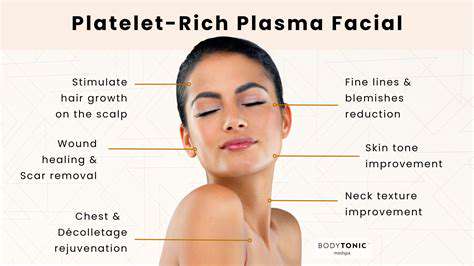
Advantages of Modern Technological Tools
Contemporary digital solutions provide numerous advantages across various sectors. These systems automate routine processes while delivering sophisticated analytics, dramatically improving operational efficiency in multiple fields. Their ability to process massive datasets reveals insights that might otherwise remain hidden, leading to more informed strategic decisions.
Personalization represents another significant benefit, with systems increasingly capable of anticipating user needs and customizing responses accordingly.
Data Protection Imperatives
Implementing advanced technological solutions necessitates rigorous data protection protocols. Comprehensive security frameworks and transparent data management practices are non-negotiable for safeguarding sensitive information. Strict compliance with regulatory standards helps build essential trust with users and stakeholders.
Organizations must remain vigilant against potential security vulnerabilities, implementing continuous monitoring systems to detect and neutralize threats proactively.
Ethical Considerations in Technology
The ethical dimensions of advanced technological implementation demand serious attention. Algorithmic biases can unintentionally reinforce societal disparities, producing inequitable results. Developers must prioritize fairness metrics to ensure equitable outcomes from these systems.
The potential workforce impacts of automation also require thoughtful mitigation strategies, including comprehensive retraining initiatives for affected workers.
Industry-Specific Transformations
Modern technological tools are reshaping diverse sectors from medical diagnostics to industrial production. These innovations enhance diagnostic precision, streamline financial operations, and optimize manufacturing workflows, driving unprecedented efficiency gains.
Professional landscapes will continue evolving, with certain roles transforming while new opportunities emerge at the intersection of human expertise and machine capabilities.
Inclusive Design Principles
Accessibility must remain central to technological development efforts. Creating systems that serve diverse user populations requires deliberate design choices that accommodate varying needs and abilities. Universal design principles help ensure equitable access to technological advancements.
Incorporating diverse perspectives throughout the development lifecycle helps create solutions that truly serve global populations.
Future Trajectory
The long-term implications of widespread technological adoption continue to unfold across society. Rapid innovation cycles suggest nearly limitless potential applications in the coming decades. Responsible stewardship requires balancing opportunity with thoughtful consideration of societal impacts.
Ongoing research, ethical frameworks, and public dialogue will prove essential for harnessing these technologies to address pressing global challenges.
Read more about Platelet Rich Plasma (PRP) for Healing in Pets
Hot Recommendations
- Customized Sleep Schedules: AI Driven for Sustainable Rest
- Crafting a Personalized Productivity Plan for Mental Clarity
- Sustainable Self Compassion: Cultivating Kindness Towards Your Mind
- Sustainable Productivity Hacks for the Busy Professional
- Sustainable Wellness for Parents: Balancing Family and Self Care
- Data Informed Self Care: Designing Your Personalized Wellness Strategy
- Sustainable Wellness for a Purpose Driven Life
- AI Assisted Mindfulness: Personalized Meditations for Deeper Practice
- Building Inclusive Mental Health Services: Key Initiatives
- AI Powered Self Care: Customizing Your Routine for Maximum Impact
